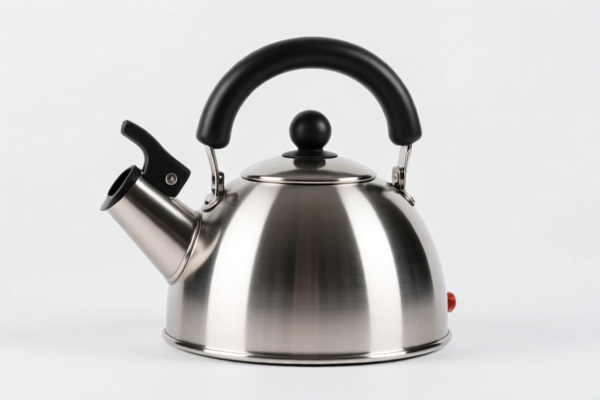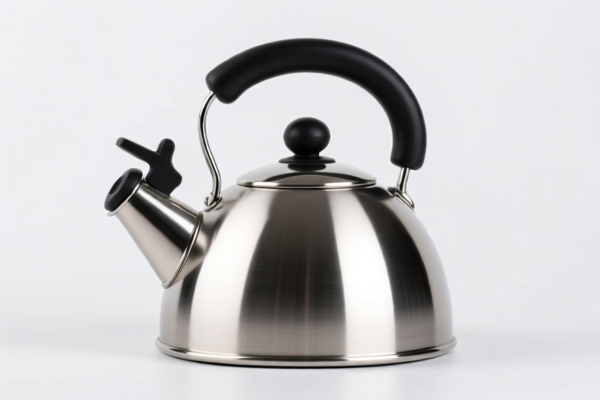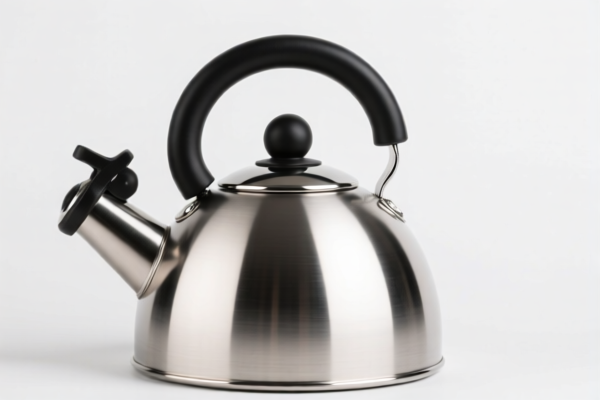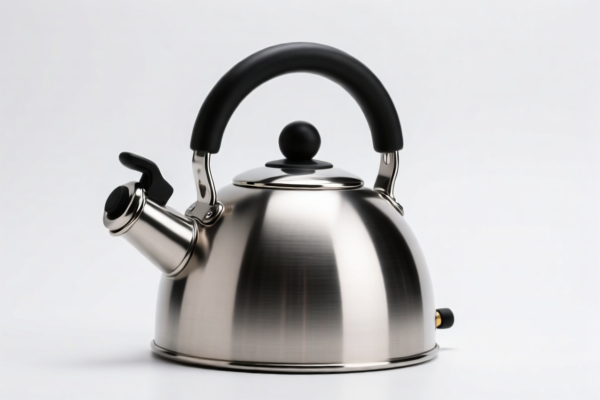| HS Code | Official Doc | Tariff Rate | Origin | Destination | Effective Date |
|---|---|---|---|---|---|
| 7321190060 | Doc | 55.0% | CN | US | 2025-05-12 |
| 7321190080 | Doc | 55.0% | CN | US | 2025-05-12 |
| 7323930015 | Doc | 57.0% | CN | US | 2025-05-12 |
| 7323930035 | Doc | 57.0% | CN | US | 2025-05-12 |
| 8306100000 | Doc | 35.8% | CN | US | 2025-05-12 |
| 8306100000 | Doc | 35.8% | CN | US | 2025-05-12 |
| 9617001000 | Doc | 37.2% | CN | US | 2025-05-12 |
| 9617006000 | Doc | 37.2% | CN | US | 2025-05-12 |
| 7324900000 | Doc | 80.0% | CN | US | 2025-05-12 |




铁壶
铁壶 (tiě hú) refers to a traditional cast iron teapot, originating in China and widely used in East Asian tea culture, particularly in Japan (where they are known as tetsubin).
Material:
The primary material is cast iron, typically using nanbu tekki (南部鉄器) iron in Japan, known for its purity and high iron content. Different grades of iron and alloys are used, impacting properties like heat retention and rust resistance. Some iron kettles are lined with enamel to prevent rusting and impart a neutral taste.
Purpose:
Traditionally used for boiling and brewing tea, iron kettles are valued for their ability to improve water quality and impart a subtle, pleasant flavor to the tea. Beyond tea preparation, they are also used for simply boiling water for drinking.
Function:
- Water Quality Improvement: Iron kettles release iron ions into the water, which can reduce chlorine and other impurities, resulting in softer, sweeter-tasting water. This is particularly beneficial for hard water.
- Heat Retention: Cast iron excels at retaining heat, keeping water warm for extended periods.
- Flavor Enhancement: The iron can subtly enhance the natural flavors of the tea, particularly green teas. Unlined kettles impart a more pronounced iron flavor, while enamel-lined kettles offer a cleaner taste.
- Durability: Cast iron is extremely durable, allowing for long-lasting use with proper care.
Usage Scenarios:
- Traditional Tea Ceremonies: Highly valued in Japanese chanoyu (tea ceremony) and Chinese tea culture.
- Daily Tea Brewing: Used for everyday tea preparation in homes and tea houses.
- Boiling Water: Used for boiling water for various purposes, including cooking and drinking.
- Decorative Item: Antique and well-crafted iron kettles are often collected and displayed as decorative art.
Common Types:
- Tetsubin (Japanese Iron Kettle): Generally smaller in size, with a focus on artistry and craftsmanship. Often feature intricate designs and are used directly on a charcoal or gas stove. Subdivided into further categories:
- Shiboridashi (注口): Kettles with a spout and handle, designed for pouring directly into teacups.
- Nodate (野立): Kettles with a long handle, intended for use over an open fire.
- Furo: Kettles designed for use with a brazier.
- Chinese Iron Kettles: Often larger and heavier than tetsubin, with a more rustic aesthetic. May feature simpler designs.
- Enamel-Lined Iron Kettles: These kettles have an enamel coating on the interior to prevent rusting and maintain a neutral taste. They are easier to maintain but may not impart the same iron flavor as unlined kettles.
- Round/Flat-Bottomed Kettles: The bottom shape influences compatibility with different stovetops. Flat-bottomed kettles are best suited for modern electric or gas stoves, while round-bottomed kettles are traditionally used with charcoal braziers.
铁壶的商品描述根据其材质、用途和应用场景,通常归类为炊具或厨房用品。以下是根据提供的参考资料,可能相关的HS编码:
- 7321190060: 炉灶、灶具、烤架、炊具(包括带有中央供暖辅助锅炉的炊具)、烧烤架、火盆、煤气灶、餐具保温器及类似的非电家用器具,以及铁或钢制零件;炊具和餐具保温器;其他,包括固体燃料器具;铸铁制。该编码涵盖了使用固体燃料的炊具,铁壶如果使用木炭或其他固体燃料加热,可能适用此编码。基础关税为0.0%,加征关税为0.0%,2025.4.2后加征关税为30.0%,钢铝制品加征关税为25%,总税率为55.0%。
- 7321190080: 炉灶、灶具、烤架、炊具(包括带有中央供暖辅助锅炉的炊具)、烧烤架、火盆、煤气灶、餐具保温器及类似的非电家用器具,以及铁或钢制零件;炊具和餐具保温器;其他,包括固体燃料器具;其他。如果铁壶不属于使用固体燃料的类型,则可能适用此编码。基础关税为0.0%,加征关税为0.0%,2025.4.2后加征关税为30.0%,钢铝制品加征关税为25%,总税率为55.0%。
- 7323930015: 桌子、厨房或其他家用物品及其零件,铁或钢制;铁丝绒;锅清洁剂和擦洗垫;铁或钢制手套等;其他;不锈钢制炊具和厨房用具;茶壶。如果铁壶是不锈钢材质的茶壶,则适用此编码。基础关税为2.0%,加征关税为0.0%,2025.4.2后加征关税为30.0%,钢铝制品加征关税为25%,总税率为57.0%。
请注意,具体归类需要根据铁壶的实际材质、用途和结构进行判断。
Customer Reviews
关于8306100000 HS编码的信息对我出口计划非常有帮助。对于处理贸易关税的人来说,这个网站是必访的。
这个网站不错,但当我试图将水壶的描述与正确的HS编码匹配时,发现有点令人困惑。更多的例子会有帮助。
关于铁水壶的定义及其用途的详细描述非常有信息量。在阅读之前,我还不知道像铁壶这样的不同类型。
不同HS编码的关税率列出得很清楚,这让比较选项变得容易。如果能更详细地解释这些编码之间的差异,那就更好了。
我对7323930015 HS编码的详细解析及其在不锈钢茶壶中的具体用途印象深刻。这对我的进口业务非常有帮助。